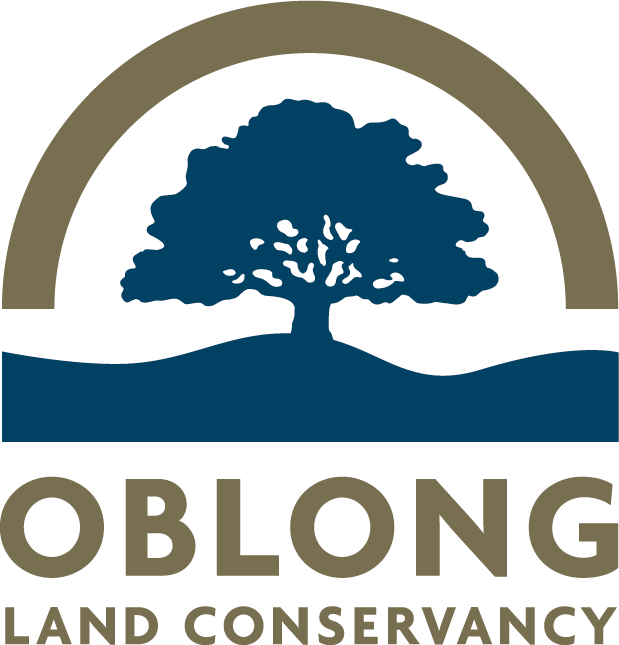This is the second in a three-part series that records the proceedings of an important gathering at The Inn at Dover Furnace in Dover on June 4, 2011 that addressed local water quality issues. Over 40 members of the public were in attendance and included a few municipal officials
The Housatonic Valley Association (HVA) sponsored this strategic meeting of Harlem Valley Communities to share in this forum, which included the results of important water studies and related information applicable to our public and private water supplies in the Harlem Valley. The Baseline Water Studies and the costs of the Forum, were funded by Iroquois Gas, Constellation Energy, Berkshire Taconic Foundation, Pawling Corporation, Benjamin Companies, and Cary Institute.
Tonia Shoumatoff, Director of the New York Office of HVA, made the introductions of the panel of distinguished experts. HVA, she explained, is the oldest watershed resource non-profit organization protecting water resources in this area. HVA operates in the several states into which the Housatonic River watershed extends. The New York State office opened in 2004 and HVA’s mission is to achieve a balance between development and resource protection.
We continue our reports on the presentations:
Dr. David Strayer, Freshwater Mussel Scientist:
Dr. Strayer speculated on the disappearance of the Pearly Mussels population from the Swamp River. An examination of the life histories of these species, numbering about 10 different ones, sheds some light on the mystery. That they once existed, in the Swamp River, can be established by shell remains. In some parts of the U.S. a large button industry flourished in the old days, utilizing enormous quantities of the varied species of freshwater mussels. Pearly mussels were also an important food source, and are still used today for buttons and the production of freshwater pearls.
The Pearlies once helped to cleanse the waters of the Swamp River, because being filter feeders, they performed this important function. Dr. Strayer told us that these creatures live as long as we do! They do not mature until about the age of 8 to 10 years, and can live to be 100 years. They require fish to reproduce, in a remarkable adaptation of symbiotic cooperation. Pearly mussels are expiring throughout eastern New York, due to more aggressive species of introduced crayfish, poorer water quality in the sediments where the mussels live, excessive nitrogen from pollution and the development of a particular form of poisonous nitrogen. Baby mussels survive in the South Flow of the Swamp, probably due to the increased acidity.
Dr. Stuart Findlay: Salinization
Dr. Findlay stressed that urban environments are the worst for aquatic life, due to increased pollution, lack of pre-treatment and other factors. In general, amphibian populations (frogs, salamanders), are the most sensitive to pollution, and fish are much tougher). Growing salinization (salt) levels are a very serious problem, affecting the human population as well as animal and plants. This growing problem in the Great Swamp watershed is crossing the (safe) threshold at this time, and actions must be taken now to prevent the need to implement very expensive alternative measures.
The baseline water chemistry produced a critical surprise: during the summer months, it was assumed that most of the salt in the surface water systems would flush out. But, it seems, possibly due to the poor levels of flushing in the Valley’s waters, due to the low gradients, that the salt lingers and accumulates. Much of the salt that is applied to area roads, does not flush out. There are actually higher and growing concentrations of salt in the water environment during the summer months.
Peak concentrations are in the summer, and that is when the most sensitive life forms of baby animals in the aquatic environment are present.
80% of salinization is estimated to be attributable to road salt. 5-10% comes from water softeners, and about 1% comes from treated sewage systems. The Cary Institute has been working on this issue and has been assisting other communities in Dutchess County with technical advice. Go to: Cary Institute of Ecosystem Studies.org. There are better ways of using road salts.
At the present rate of salinization, our groundwater in Pawling could be undrinkable within a mere 40 years. Pawling has the lowest rate of flushing action.
Reducing the use of salt saves the taxpayers money. The State highway, Route 22, sends untreated salt water directly into the Swamp River. Route 55 crosses the Swamp in two areas, and Route 292 sends salted run-off to the Swamp’s tributary wetlands and streams. The State Department of Highways (DOT) applies pure salt to these roads. Dover Deputy Superintendent, Christopher Galayda, told us that the Town of Dover has reduced salt use significantly, on their town roads, by using a mix ratio of 3 parts sand to one part salt, and that this has been effective and has saved significant costs. We also learned that the Town of Fishkill, purchased a new computerized salt applicator, which reduces the salt applied to the road to a minimum required to maintain safety. The cost of this equipment is shared by a neighboring town. The equipment was recommended by Cary Institute. Private contractors who sand/salt private roads, are also in need of education.
The detailed results of the baseline water tests, can be obtained from HVA, toniashoumatoff@HVA.org
###
Sibyll Gilbert is a resident of Pawling, a member of the Baseline Studies Advisory Committee, Vice President of The Oblong Land Conservancy, and a member of the Pawling Conservation Advisory Board.
